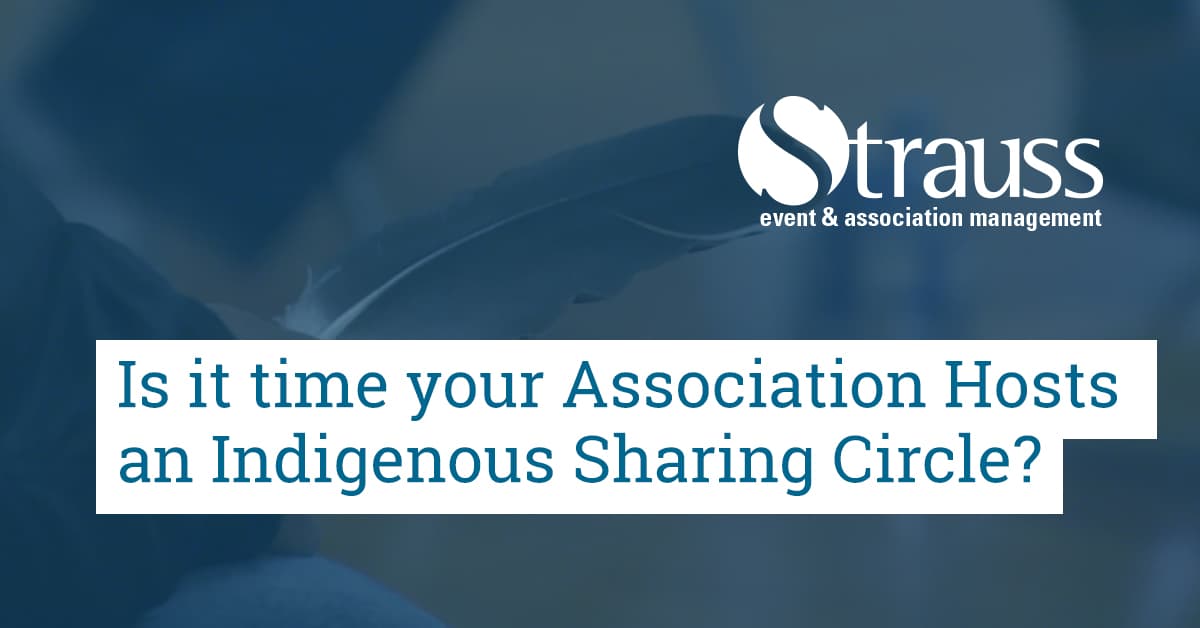Our society is currently adapting to the restrictions and guidelines of the COVID-19 pandemic while confronting the systematic oppression of Black, Indigenous, and People of Colour (BIPOC). Our associations are not unaffected by present events, and we cannot ignore issues that affect members. It is difficult to invoke instant change across a nation, but if every association looks inwardly at how they can directly impact their members, hopefully we can find opportunities for improvement while simultaneously delivering valuable experiences to members.
What Can Associations Do?
With members calling for action and association boards considering what changes to make within their organization, it can be difficult to know where to start. This can leave board members feeling criticized for their volunteer efforts, while association members feel disconnected and unable to impact change in their professional community. This can lead to low association morale. Read my colleague’s article to learn how association leaders can boost association morale during a pandemic. It is not enough just to tell members that committees have been formed and policies are being reviewed. So how do you get everyone on the same page, and pulling in the same direction?
This is where the impact of a sharing circle could be useful for your association. Unlike board meetings, which come with the traditional mechanisms of an agenda, motions, and action items carried out as a result; a sharing circle has a different set of rules with a different goal as a result. After all, if the only tool you have is a hammer then everything becomes a nail. It can be valuable to approach issues in a different setting.
The Goal of a Sharing Circle
All members of your community should have a chance to share their perspectives and be heard by the group. This is the goal of a sharing circle. There is no opportunity for arguing or rebutting other participants’ experiences. This is a chance to listen, learn, and hopefully leave with greater perspective and understanding than what you arrived with. This can help a board of directors and members see eye to eye on issues and how they feel they are able to impact them. It also offers the opportunity to humanize everyone involved. In today’s technological setting, it can be tempting to get involved in a battle on social media, or hit send on a scathing email without remembering that a real human being with a sum of life experiences is on the other side of the screen.
But how does it Work?
A sharing circle is traditionally run in a space big enough for all members to sit in a circle. A Talking Stick or feather is passed around, marking whose turn it is to share. It is also customary to proceed in a clockwise rotation which mimics the rising and setting of the sun from east to west. If you hold the session via video conference, share east to west across the country. Each member will start by introducing themselves and can share a bit about themselves. After completing the introductory round, present the topic.
At this time, participants pass the token around the circle in rotation until everyone has had their chance to share how they feel about the issue at hand. It’s also acceptable to silently reflect and collect your thoughts during your turn to share. Choosing not to speak and passing the token is acceptable as well. In the circle everyone is equal and has an equal opportunity to share.
You can also collect a survey of responses from any who cannot attend or prefer to remain anonymous. The facilitator can read these responses to the group.
It’s also worth noting that depending on the group size it is best to set aside 1–3 hours for the circle to ensure everyone has a chance to share. It is best not to rush this experience.
A few Guidelines
- Only one person speaks at a time
- Introduce yourself
- Speak from the heart and speak as much time as necessary with respect to allowing time for others
- Listen with respect
- Anything shared in the circle should stay in the circle. Do not record or take minutes of the discussions.
I would encourage contacting a facilitator to help you implement the sharing circle for the first time. You can find resources here by the Congress of Aboriginal Peoples on Indigenous cultural activities. Ravenspeaks.ca has a good summary sheet of the rules and guidelines of sharing circles here.
In summary, you may not be able to directly pinpoint an exact action item or timeline to resolve your issue, but you can work to provide a shared context which association members can draw from while serving on the board or within committees. It is a great way to connect your membership, engage with members old and new, experience new perspectives, and offer an opportunity for engagement with your association.

